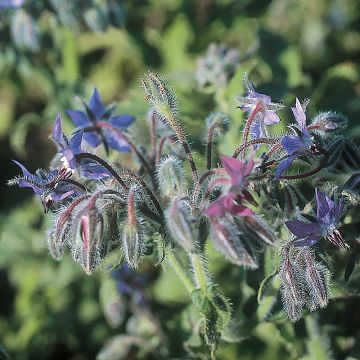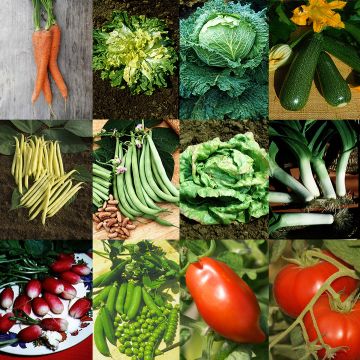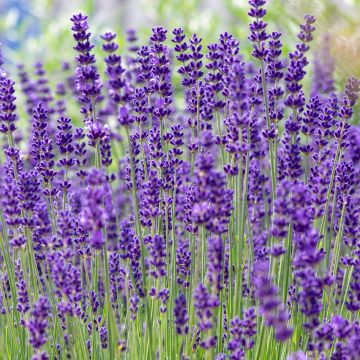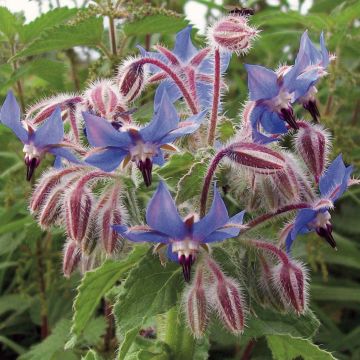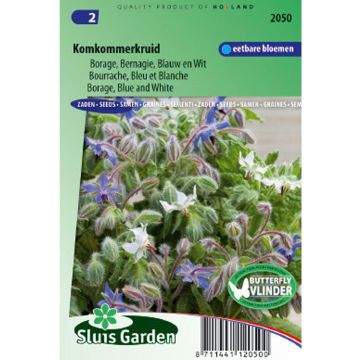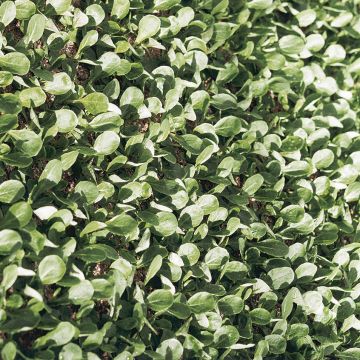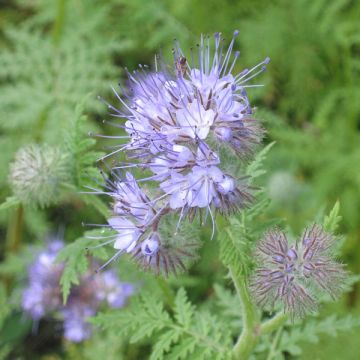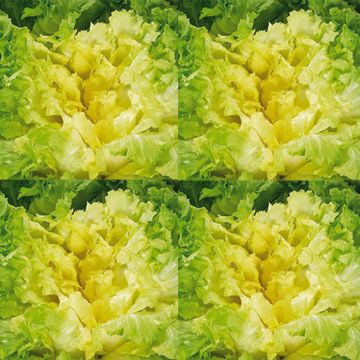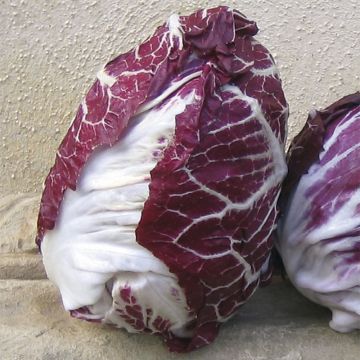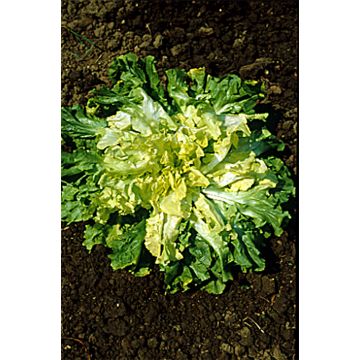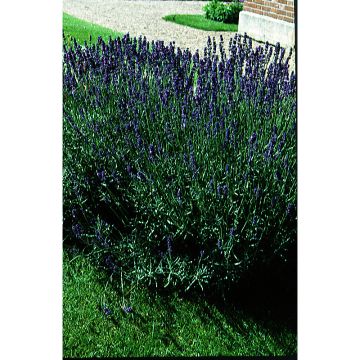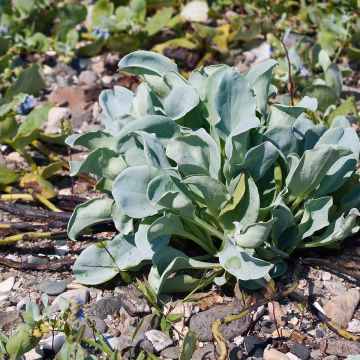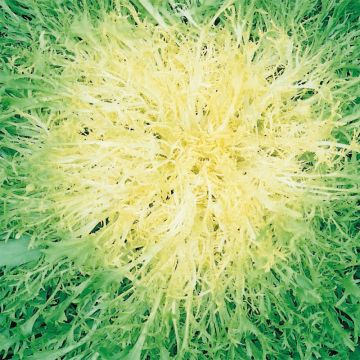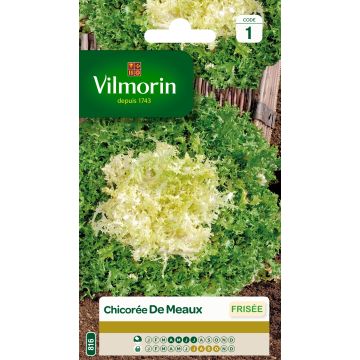Plantfit
Log in / Register
Existing customer?
New customer?
Create an account to track your orders, access our customer service and, if you wish, make the most of our upcoming offers.
My Account
Hello
Shipping country and language
Your country of residence may be:
For a better user experience on our website, you can select:
Your shipping country:
Andorra
Austria
Belgium
Bulgaria
Croatia
Czechia
Denmark
Estonia
Finland
France
Germany
Greece
Hungary
Iceland
Ireland
Italy
Latvia
Lithuania
Luxembourg
Monaco
Netherlands
Poland
Portugal
Romania
Slovakia
Slovenia
Spain
Sweden
Switzerland
Language:
French
English
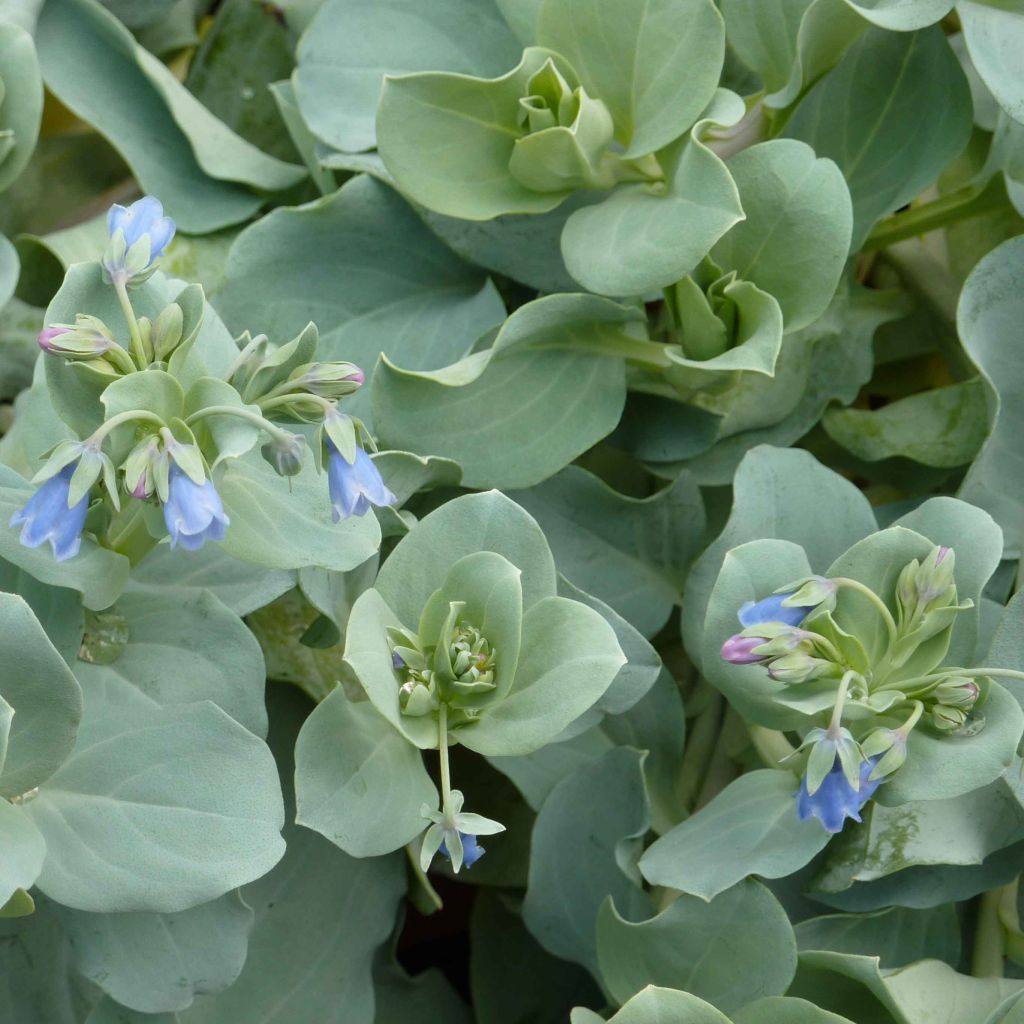

Mertensia maritima - Huître végétale
Mertensia maritima
Mertensia maritima
Oysterleaf, Sea Bluebells
The plant is completely white yellow, not alive.....
sabine, 01/10/2023
Order in the next for dispatch today!
Dispatch by letter from €3.90.
Delivery charge from €5.90 Oversize package delivery charge from €6.90.
More information
This item is not available in your country.
Select delivery date,
and select date in basket
This plant carries a 6 months recovery warranty
More information
We guarantee the quality of our plants for a full growing cycle, and will replace at our expense any plant that fails to recover under normal climatic and planting conditions.
From €5.90 for pickup delivery and €6.90 for home delivery
Express home delivery from €8.90.
Description
The Mertensia maritima, sometimes called the Vegetable Oyster in reference to the surprising taste of its slightly bluish leaves. It is a perennial and creeping herbaceous plant, reaching 15 cm (6in) in height and 50 cm (20in) in width. It can be grown in the ground or in a pot. Plant it in spring or autumn and harvest as needed.
The Mertensia maritima belongs to the Boraginaceae family, like Borage, but its iodine taste is more pronounced. This plant, which grows spontaneously in dunes, is now protected. It is an herbaceous, creeping plant with blue-green foliage. It produces bell-shaped flowers in a blue-violet color in summer. Very decorative, the Maritime Mertensia can be planted in ornamental gardens as well as in vegetable gardens. This perennial and very hardy plant remains in place for several years, although its foliage disappears in winter. It requires well-drained soil. You can also grow it in a pot.
In terms of cooking, the oyster-flavoured leaves are generally consumed raw and add a touch of originality to fish dishes or salads.
Harvesting: Leaf by leaf as needed.
Storage: Freshly picked leaves can be stored in the refrigerator for a few days. They can also be preserved in vinegar, like samphire.
Gardener's tip: If your plants are being eaten by snails and slugs, place ash or coffee grounds nearby, and renew after rain.
Note: Delicate plant to cultivate, slow growth, recommended for experienced gardeners.
Mertensia maritima in pictures
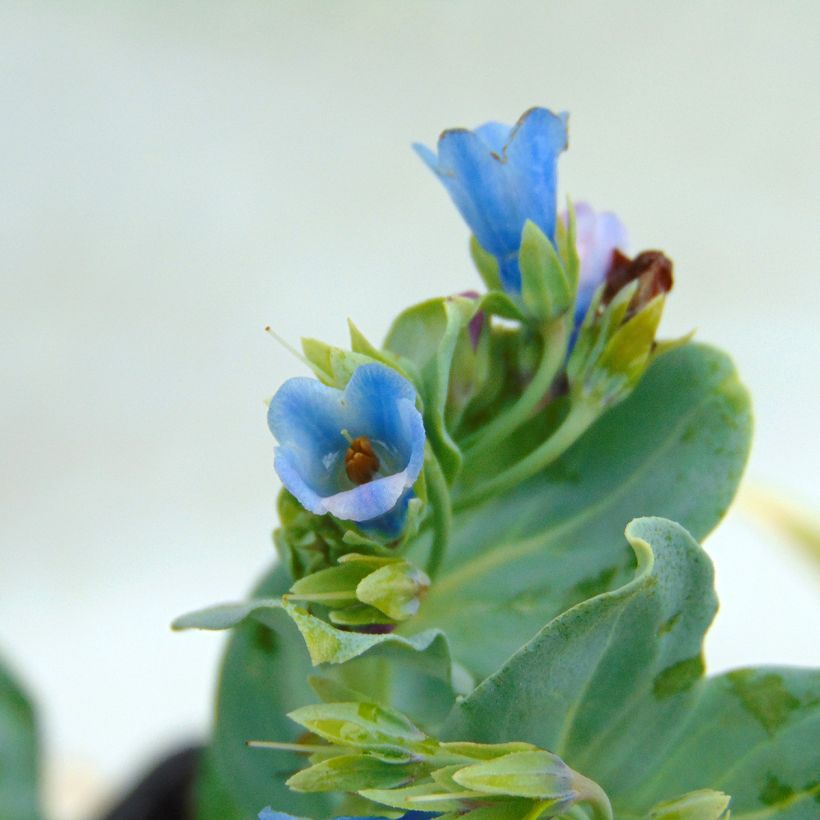

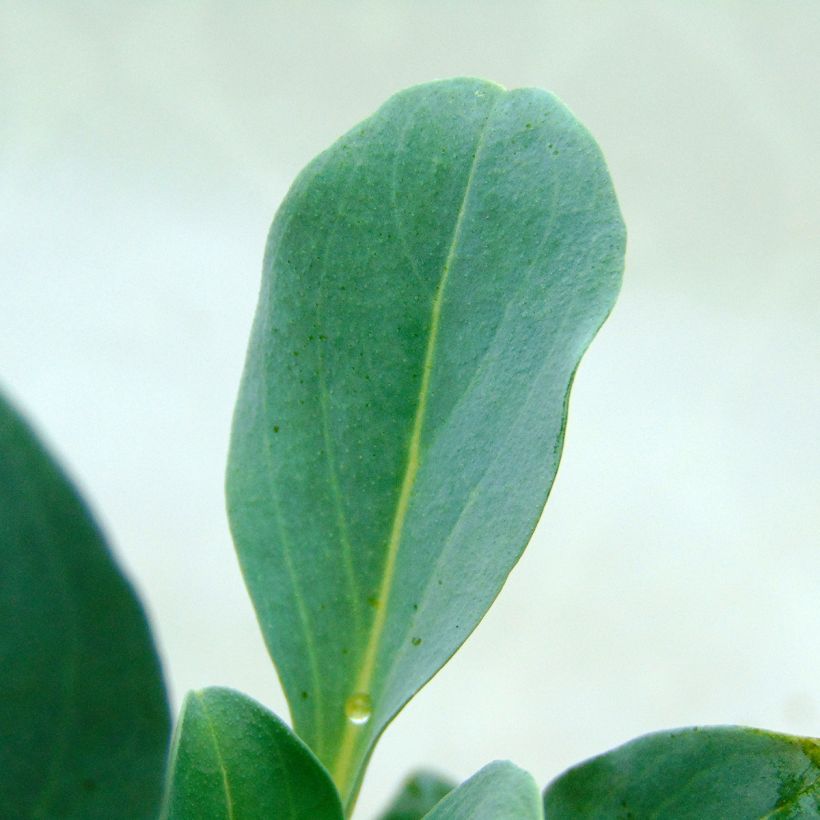

Harvest
Plant habit
Foliage
Planting and care
Planting is done in spring (from March to May) or in autumn (September-October). Mertensia maritima prefers partially shaded or lightly sunny locations. It thrives in rich, moist, well-drained soils with a sandy tendency. If your soil is heavy, add some sand at the time of planting.
In open ground: Apply compost a few months before planting by raking it into the soil 5 cm (2in) deep. Dig a hole (3 times the volume of the root ball) and place a little gravel at the bottom to facilitate drainage. Cover with a little soil, place the root ball, and cover again with fine soil. Press down and water. During cultivation, watering is mainly done in summer.
In a pot: Use a large pot (50 cm (20in) in diameter) and place a layer of gravel or clay balls at the bottom to facilitate drainage. Fill the pot with a mixture of potting soil and sand. Place the root ball, cover with soil, and press down firmly. Water. During cultivation, water moderately, mainly in summer, without allowing water to stagnate in the saucer. Bring the pot into a cold greenhouse or conservatory before frost.
Regularly trim the flowers to promote leaf production.
Cultivation
Care
Intended location
- , onOrder confirmed
Reply from on Promesse de fleurs
Haven't found what you were looking for?
Hardiness is the lowest winter temperature a plant can endure without suffering serious damage or even dying. However, hardiness is affected by location (a sheltered area, such as a patio), protection (winter cover) and soil type (hardiness is improved by well-drained soil).

Photo Sharing Terms & Conditions
In order to encourage gardeners to interact and share their experiences, Promesse de fleurs offers various media enabling content to be uploaded onto its Site - in particular via the ‘Photo sharing’ module.
The User agrees to refrain from:
- Posting any content that is illegal, prejudicial, insulting, racist, inciteful to hatred, revisionist, contrary to public decency, that infringes on privacy or on the privacy rights of third parties, in particular the publicity rights of persons and goods, intellectual property rights, or the right to privacy.
- Submitting content on behalf of a third party;
- Impersonate the identity of a third party and/or publish any personal information about a third party;
In general, the User undertakes to refrain from any unethical behaviour.
All Content (in particular text, comments, files, images, photos, videos, creative works, etc.), which may be subject to property or intellectual property rights, image or other private rights, shall remain the property of the User, subject to the limited rights granted by the terms of the licence granted by Promesse de fleurs as stated below. Users are at liberty to publish or not to publish such Content on the Site, notably via the ‘Photo Sharing’ facility, and accept that this Content shall be made public and freely accessible, notably on the Internet.
Users further acknowledge, undertake to have ,and guarantee that they hold all necessary rights and permissions to publish such material on the Site, in particular with regard to the legislation in force pertaining to any privacy, property, intellectual property, image, or contractual rights, or rights of any other nature. By publishing such Content on the Site, Users acknowledge accepting full liability as publishers of the Content within the meaning of the law, and grant Promesse de fleurs, free of charge, an inclusive, worldwide licence for the said Content for the entire duration of its publication, including all reproduction, representation, up/downloading, displaying, performing, transmission, and storage rights.
Users also grant permission for their name to be linked to the Content and accept that this link may not always be made available.
By engaging in posting material, Users consent to their Content becoming automatically accessible on the Internet, in particular on other sites and/or blogs and/or web pages of the Promesse de fleurs site, including in particular social pages and the Promesse de fleurs catalogue.
Users may secure the removal of entrusted content free of charge by issuing a simple request via our contact form.
The flowering period indicated on our website applies to countries and regions located in USDA zone 8 (France, the United Kingdom, Ireland, the Netherlands, etc.)
It will vary according to where you live:
- In zones 9 to 10 (Italy, Spain, Greece, etc.), flowering will occur about 2 to 4 weeks earlier.
- In zones 6 to 7 (Germany, Poland, Slovenia, and lower mountainous regions), flowering will be delayed by 2 to 3 weeks.
- In zone 5 (Central Europe, Scandinavia), blooming will be delayed by 3 to 5 weeks.
In temperate climates, pruning of spring-flowering shrubs (forsythia, spireas, etc.) should be done just after flowering.
Pruning of summer-flowering shrubs (Indian Lilac, Perovskia, etc.) can be done in winter or spring.
In cold regions as well as with frost-sensitive plants, avoid pruning too early when severe frosts may still occur.
The planting period indicated on our website applies to countries and regions located in USDA zone 8 (France, United Kingdom, Ireland, Netherlands).
It will vary according to where you live:
- In Mediterranean zones (Marseille, Madrid, Milan, etc.), autumn and winter are the best planting periods.
- In continental zones (Strasbourg, Munich, Vienna, etc.), delay planting by 2 to 3 weeks in spring and bring it forward by 2 to 4 weeks in autumn.
- In mountainous regions (the Alps, Pyrenees, Carpathians, etc.), it is best to plant in late spring (May-June) or late summer (August-September).
The harvesting period indicated on our website applies to countries and regions in USDA zone 8 (France, England, Ireland, the Netherlands).
In colder areas (Scandinavia, Poland, Austria...) fruit and vegetable harvests are likely to be delayed by 3-4 weeks.
In warmer areas (Italy, Spain, Greece, etc.), harvesting will probably take place earlier, depending on weather conditions.
The sowing periods indicated on our website apply to countries and regions within USDA Zone 8 (France, UK, Ireland, Netherlands).
In colder areas (Scandinavia, Poland, Austria...), delay any outdoor sowing by 3-4 weeks, or sow under glass.
In warmer climes (Italy, Spain, Greece, etc.), bring outdoor sowing forward by a few weeks.
